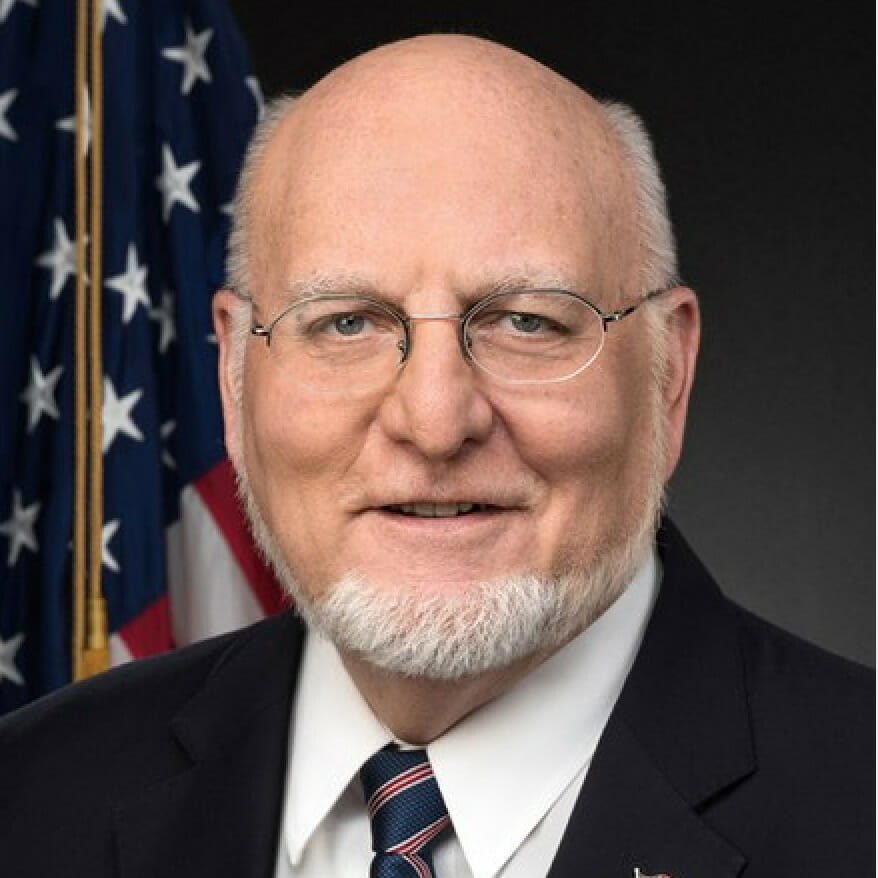
A new “playbook” for public health officials shares three ways that federal and other efforts related to the development and distribution of a vaccine against COVID-19 will affect senior living: implementation, prioritization and provision of vaccination services.
The Centers for Disease Control and Prevention on Wednesday released a 57-page “COVID-19 Vaccination Program Interim Playbook for Jurisdiction Operations” to help state and local public health programs plan and operationalize their vaccination responses to COVID-19. The document will be updated with new information as needed, CDC director Robert R. Redfield, M.D., said on a call with members of the media.
The playbook recommends that state and local governments establish implementation committees to “enhance development of plans, reach of activities, and risk/crisis response communication messaging and delivery.” Such groups, the document notes, should include representation from long-term care facilities such as assisted living communities and nursing homes.
The CDC’s Advisory Committee on Immunization Practices; the National Institutes of Health; and the National Academies of Sciences, Engineering, and Medicine are working to prioritize how initial, limited vaccine doses will be allocated, the playbook notes. The new report lists assisted living and nursing home residents, as well as people in general who are aged 65 or more years and “people living and working in other congregate settings,” among the “critical populations” for which state and local public health officials should develop plans to ensure equitable access to vaccination.
“Early in the COVID-19 vaccination program, there may be a limited supply of vaccine, and vaccine efforts may focus on those critical to the response, providing direct care and maintaining societal functions, as well as those at highest risk for developing severe illness as a consequence of COVID-19,” Redfield said.
Regarding provision of vaccination services when a vaccine is ready, the CDC playbook recommends that state and local public health officials consider recruiting both traditional and nontraditional vaccination providers and settings, including assisted living communities and nursing homes.
“We have to be able to go beyond the pharmacies, the hospitals and so forth, to get after nursing homes, to get after meat-packing facilities, to get after those that are sheltered, stay-home individuals. We have to be able to get this [vaccine] out to all four corners of this nation, and that is unlike anything that we do today with respect to the normal influenza vaccine,” Army Lt. Gen. Paul Ostrowski, the Department of Defense’s chief of supply and distribution for Operation Warp Speed, told members of the press.
The playbook also says that the CDC is working to engage large pharmacy partners to assist with on-site vaccination in long-term care facilities such as assisted living communities and nursing homes.
“These partners have existing distribution and administration infrastructure … and relationships with some LTCFs to provide medication and, in some cases, vaccination services (e.g., seasonal influenza) for staff and residents in LTCFs; this may reduce burden on jurisdictional health departments,” the playbook states.
Senior living trade associations have been advocating for staff members and residents to be prioritized for the vaccine when it becomes available. Vaccination of high-priority individuals could come as early as the end of the year or beginning of next year, the federal officials said. On Wednesday after the press call, Redfield told a Senate subcommittee that a vaccine most likely would not be widely available for the general public until mid-2021.
Paul Mango, Department of Health and Human Services deputy chief of staff for policy, said on the call with reporters that the administration’s “aspiration” is that no citizen will incur an out-of-pocket expense for the vaccine.
For more about Wednesday’s COVID-19 vaccine-related news, see this article from the McKnight’s Clinical Daily e-newsletter.



